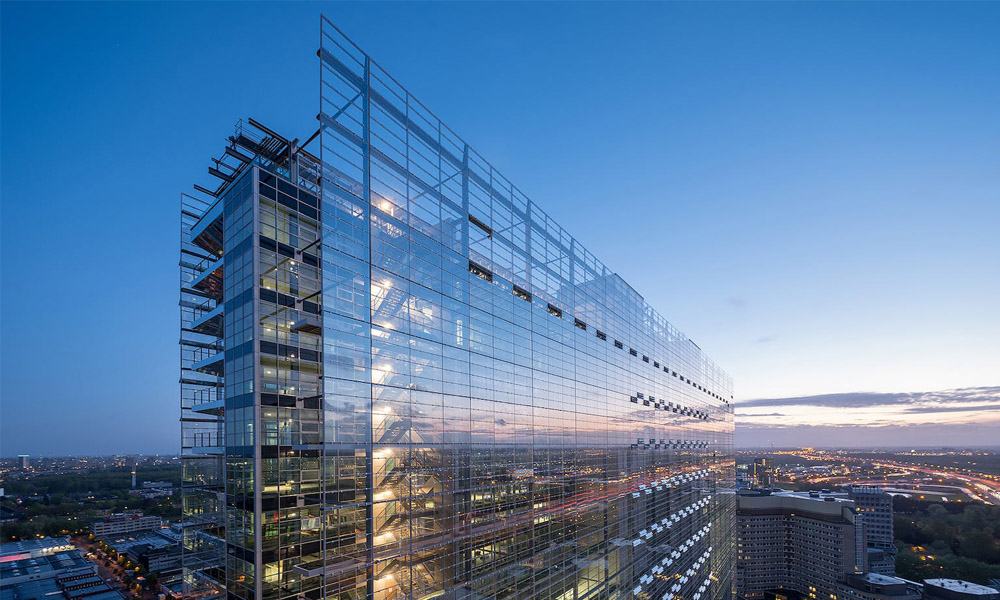

The Versatility and Aesthetic Appeal of French Green Float Glass
French green float glass is a remarkable material that has gained popularity in both architectural and artistic applications due to its unique properties and visual appeal. Known for its subtle green tint, this type of glass is produced through the float glass process, a method that revolutionized glass manufacturing in the 20th century. The combination of its aesthetic qualities and practical benefits makes French green float glass an ideal choice for various projects.
The Manufacturing Process
The float glass process, first developed in the 1950s, involves melting raw materials such as silica sand, soda ash, and limestone and then floating the molten glass on a layer of molten tin. This technique creates a uniform thickness and a smooth surface, minimizing imperfections. The resulting glass is then annealed to relieve internal stresses, ensuring durability and performance. French green float glass derives its distinctive hue mainly from the iron oxide content in the raw materials, a characteristic that both enriches its appearance and influences how it interacts with light.
Aesthetic Qualities
One of the most appealing features of French green float glass is its elegant tone. The gentle green hue complements a broad range of design styles, from contemporary to traditional. This glass reflects and filters light beautifully, enhancing any space while providing a sense of tranquility. The subtle tint also allows for a greater level of privacy without compromising natural light, making it a popular choice for residential windows, partitions, and glass doors.
Designers often employ French green float glass in various applications, including facades, skylights, and decorative features. Its ability to harmonize with other materials—such as wood, metal, and stone—allows architects and interior designers to create cohesive, sophisticated environments. Additionally, the glass can be tempered or laminated for increased strength, making it suitable for high-traffic areas or installations requiring additional safety measures.

Sustainability and Energy Efficiency
In an age where sustainability is paramount, French green float glass plays a significant role in energy-efficient building practices. The glazing options available in this glass type include low-emissivity (Low-E) coatings that reduce heat transfer, allowing for better temperature regulation within buildings. This not only enhances comfort but also reduces energy consumption, leading to lower utility bills and a smaller carbon footprint. Moreover, float glass is 100% recyclable, making it an environmentally friendly choice.
Artistic Applications
Beyond architectural uses, French green float glass is also embraced by artists and craftspeople in the creation of stunning glass artworks. The vibrant hue serves as a backdrop for glass sculptures, stained glass windows, and decorative panels. The interplay of light and color creates dynamic visual effects, making the glass an indispensable medium for artistic expression. Its versatility allows artists to explore various techniques, including fusing and slumping, which can result in unique and eye-catching pieces.
Conclusion
In conclusion, French green float glass stands out as a multifaceted material that bridges the gap between function and aesthetic appeal. Its unique characteristics, sustainable qualities, and artistic versatility make it a favored choice across various industries. As architects and designers continue to explore innovative ways to integrate natural elements into modern spaces, French green float glass will likely remain a transformative component in creating visually stunning and environmentally conscious designs. The enduring charm of this glass combines elegance with practicality, ensuring its place in the future of architecture and design.